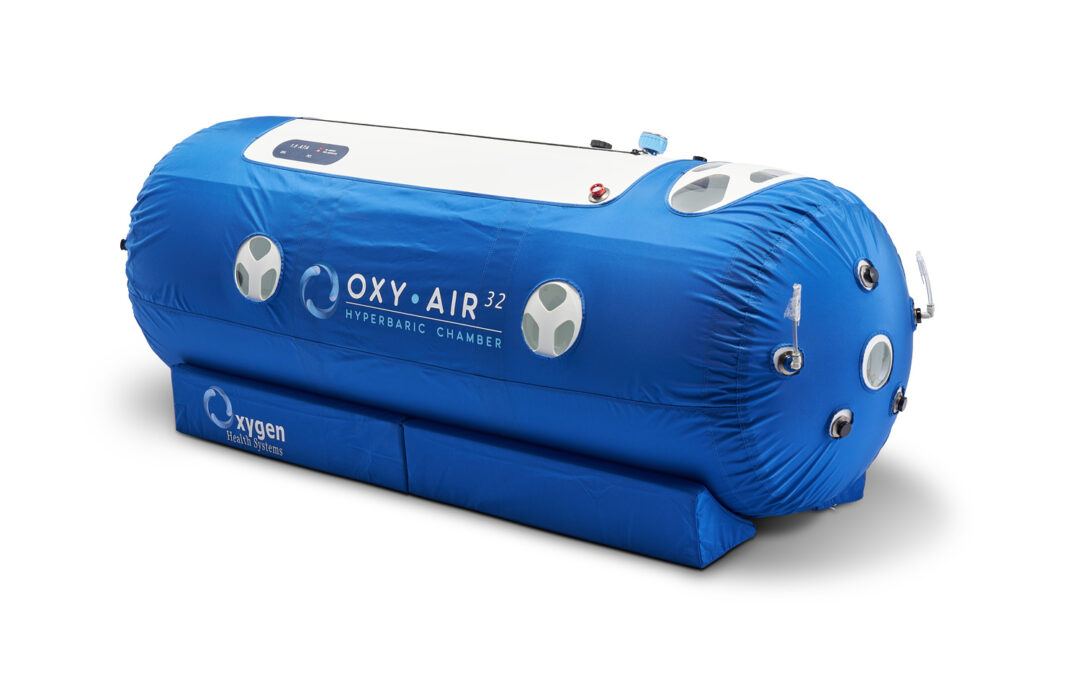Welcome to the world of Hyperbaric Oxygen Therapy (HBOT), a powerful therapeutic modality that utilizes oxygen under increased atmospheric pressure. Whether you’re a healthcare professional or curious about wellness therapies, understanding HBOT can open new doors to health and longevity.
What is HBOT?
HBOT is a non-invasive treatment involving breathing pure oxygen in a pressurized chamber. This higher atmospheric pressure allows a greater concentration of oxygen to dissolve in the bloodstream, reaching all body tissues and supporting various healing processes.
Types of HBOT Chambers
- Hard Shell Chambers:
- Rigid and durable, typically used in clinical settings.
- Can reach higher pressures with advanced monitoring features.
- Soft Shell Chambers:
- Flexible, lightweight, and portable.
- Suitable for personal or home use with lower maximum pressure.
History and Evolution
HBOT’s roots date back to the 1600s. In the 20th century, its modern development began, initially used for treating decompression sickness. Over time, research revealed HBOT’s benefits for tissue healing and other medical conditions.
How HBOT Works
During an HBOT session, a person enters a chamber pressurized above sea level pressure. This process allows oxygen to dissolve more effectively in bodily fluids, reaching areas with limited blood flow or low oxygen levels.
Longevity Benefits of HBOT
- Reduces Inflammation: HBOT counteracts tissue hypoxia by delivering oxygen to inflamed tissues.
- Enhances Mitochondrial Health: It supports energy production and reduces oxidative stress.
- Stimulates Sirtuins: Sirtuins are enzymes involved in aging and longevity, which HBOT stimulates.
- Promotes Telomere Growth: By improving oxygen availability and reducing oxidative stress, HBOT can help maintain telomere length.
- Activates Stem Cells: It enhances tissue repair and regeneration by activating stem cells.
Israeli Study on HBOT and Telomere Length
In a 2018 study conducted in Israel, researchers investigated the effects of HBOT on telomere length, a biomarker of aging, in healthy volunteers. The study found that HBOT increased telomere length in a subset of participants, suggesting a potential benefit for cellular aging and age-related diseases.
Medical Applications
HBOT is used for:
- Wound healing
- Decompression sickness
- Carbon monoxide poisoning
- Radiation injury
- Soft tissue and bone infections
- Certain neurological conditions
HBOT Protocols
For soft chamber HBOT, sessions typically last 60 to 90 minutes at 1.4 atmospheric pressure. The number of sessions varies based on patient needs and specific conditions being treated.
Safety and Contraindications
HBOT is generally safe under professional supervision. However, individuals with a history of seizures, lung problems, severe claustrophobia, or certain medical conditions should avoid HBOT.
Conclusion
Hyperbaric Oxygen Therapy offers a unique approach to enhancing health and longevity by increasing oxygen availability, supporting cellular function, and promoting tissue repair. Whether for medical treatment or wellness, HBOT represents a promising modality for optimal health

